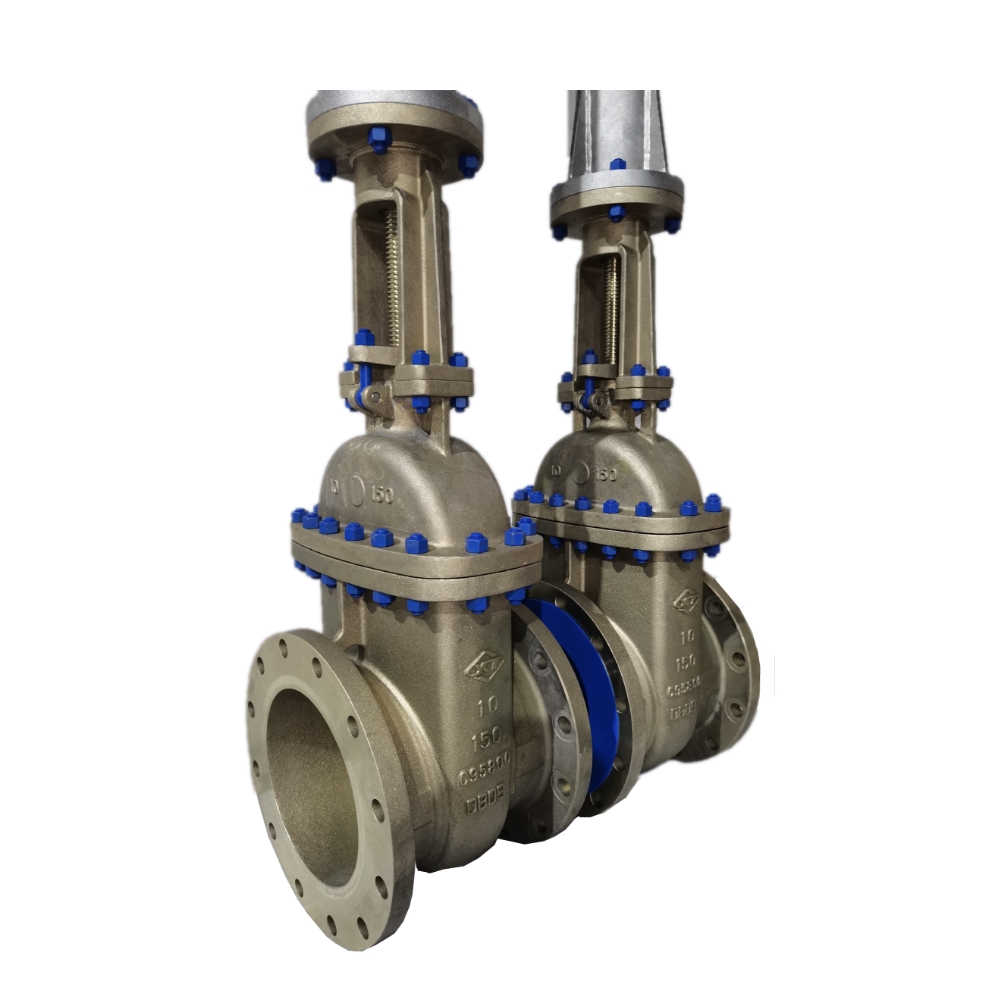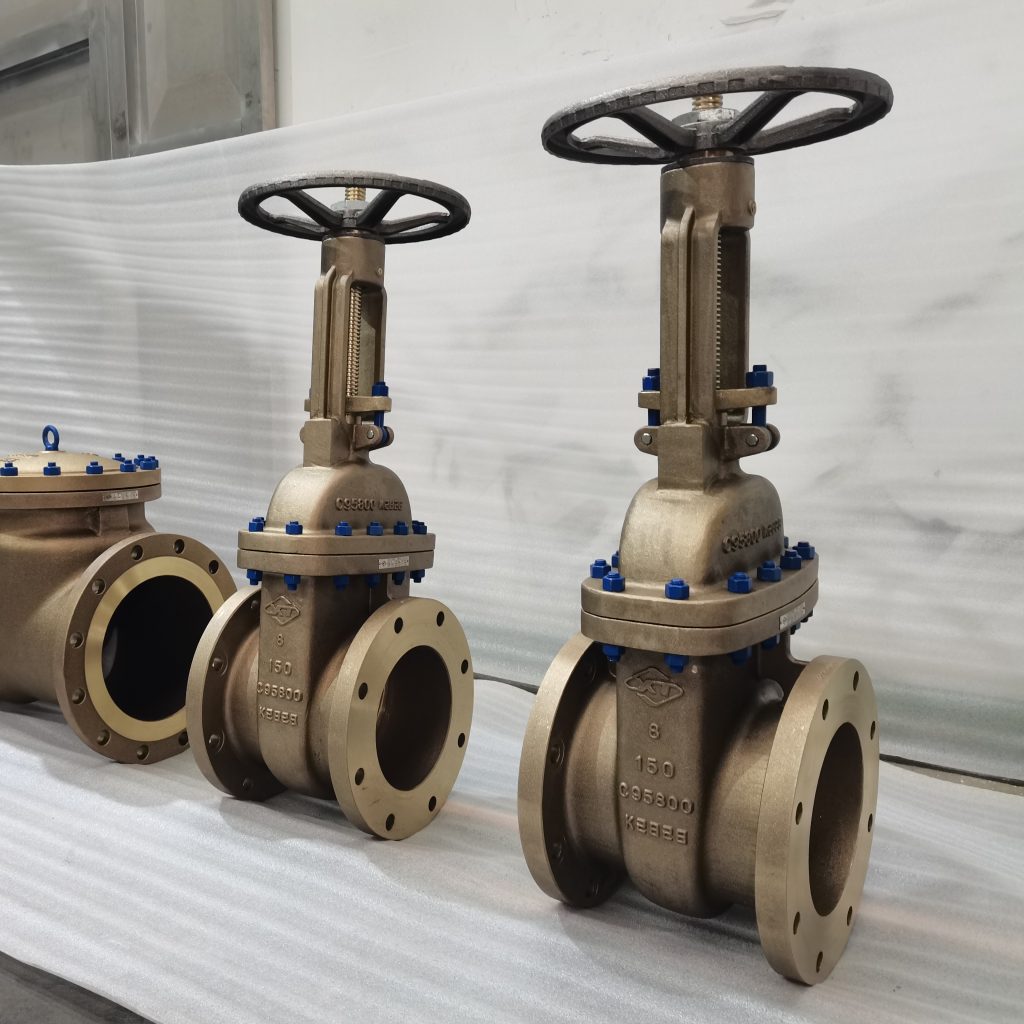Table of Contents
ToggleBronze valves are typically manufactured for industrial applications, as well as those for marine and petrochemical industries. They have a variety of features, ranging from solid wedge design to spring-loaded, and are suitable for progressive or directional closing. Generally, the internal parts of these valves are subject to considerable stress, which leads to corrosion and erosion.
A gate valve has a handle and a hand wheel and can be operated with a lever or pneumatic actuator. When the valve is closed, the handle moves a plunger that closes the water-flow port. To operate the handle, the operator must rotate the handle to the full opening and closing positions. Once the operator makes a series of revolutions, the plunger is tightened, and the pipe is closed.
What Is A Manual Bronze Shut Off Gate Valve
A manual bronze shut-off gate valve is a device used for controlling the flow of water in a plumbing system. It is used for small plumbing repairs and is also used for emergency situations. These valves can be found on the street side of a water meter.
They can be used to shut off the water from a service entry. This allows you to perform plumbing repairs without draining the entire system. However, these valves do have limitations. For example, they are prone to leaks, and it can take a while for a gate valve to become stuck.
There are two common types of valves. The first is a gate valve, and the second is a ball valve. Both of these have a round handle and a large opening for water to pass through.
How To Make A Manual Bronze Shut Off Gate Valve
Typical gate valves are made from cast iron, steel alloys, or forged steel. However, other materials can be used. In addition to those listed above, you can find valves manufactured from Monel, Monel Alloy, Hastelloy, and Stellite.
Gate valves are usually installed with compression fittings or soldered connections. Before the installation of any valve, however, it is important to inspect the pipes and valves. Check to see if there are any leaks or damage. Also, be sure the flanges are aligned correctly.
There are two major types of stem/disc designs for gate valves. Solid wedge designs and split wedge designs. Discs are normally guided by grooves in the valve body. Depending on the location of the disc, the sealing efficacy will vary.
Gate valves are commonly manufactured with a screwed-bonnet joint, although they are also produced with a bolted-bonnet joint. In both types, a gasket is required to seal the joint.
For high-temperature applications, you may choose a bronze or brass valve. You can also opt for a float valve for progressive closing. Float valves have a rubber seal. Most gate valves are manufactured for general-purpose applications, such as waterworks, but there are some specific types for heating, ventilation, and air conditioning (HVAC) systems.
The manual bronze shut-off gate valve with a XINTAI Valve is the best choice for any commercial or residential installation. Its patented valve lubrication system guarantees optimum performance, and the XINTAI Valve can be customized to meet your specific application needs. To ensure a safe and successful installation, always make sure to follow all instructions carefully. Fortunately, if you need help, a knowledgeable XINTAI technician is on hand to provide assistance. Having been in business for over a decade, XINTAI is capable of providing the highest quality product at the most competitive price.











